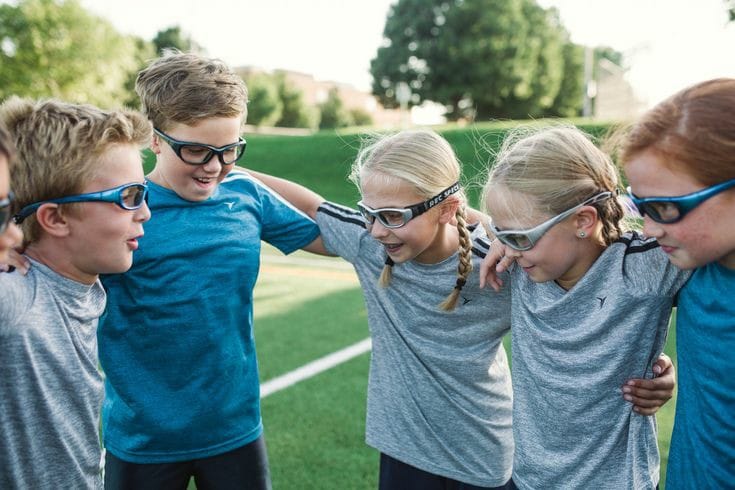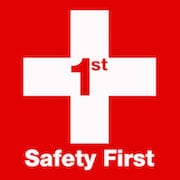

Each year, thousands of children sustain eye damage or even blindness from accidents at home, at play or in the car. And most of these injuries are preventable.
August is Children’s Eye Health and Safety Month, giving us an opportunity to highlight some best safety practices for preventing eye injuries in children.
EYE INJURY PREVENTION AT HOME
According to the American Academy of Ophthalmology (AAO), 90 percent of all eye injuries can be prevented by wearing appropriate protective eyewear. But there are many scenarios that could lead to a serious eye injury.
Follow these best practices within your home:
- Keep harmful sprays or chemicals out of reach and locked away.
- Use caution with common items that have the potential to cause injury, such as paper clips, pencils, scissors, wire hangers and rubber bands.
- Provide age-appropriate toys that meet national safety standards. Avoid toys with sharp points (e.g. arrows or darts).
- Have your child wear protective eyewear when helping with yard work, repair projects and other potentially dangerous tasks.
- Use safety gates at the top and bottom of stairs. Pad or cushion sharp corners throughout your home.
- Don’t let your child play with non-powder rifles, pellet guns or BB guns.
- Don’t allow your child near fireworks. Bottle rockets and other fireworks pose a significant risk of eye injury.
PREVENTING EYE INJURIES ON-THE-GO
When you leave home, you have even less control of your surroundings. Here are some precautions you can take to help minimize injury outside of the home:
- When playing high-risk sports, children should wear protective eyewear made of ultra-strong polycarbonate. The AAO states that most sports-related injuries for children aged 5-14 occur while playing baseball. Examples of other high-risk sports include basketball, water sports, boxing, hockey, paintball, racquetball, softball and lacrosse.
- Teach your child to be careful when approaching dogs outside of the home and cautious when interacting with familiar dogs. When small children (age 4 year and younger) are bitten by dogs, eye injuries occur about 15 percent of the time.
- When in the car, make sure children are properly secured in baby carriers and child safety seats. Store any loose items in the trunk or secure them on the floor. Any loose item can become a dangerous projectile in a crash. It’s best to do a periodic projectile check of your vehicle and remove any items that don’t need to be stored there.
RESPONDING TO AN EYE INJURY
If an eye injury occurs, seek professional medical care. A serious injury isn’t always immediately obvious. And delaying medical attention could cause the damaged area to worsen.
When responding to a child’s eye injury, don’t touch, rub or apply pressure to the eye.
If an object has penetrated the surface of the eye, do not attempt to remove the object. Immediately activate EMS and place a protective cover over the injured eye (e.g. paper cup). Then, cover the uninjured eye with a pad or bandage. This will help prevent movement of the injured eye since both eyes move together.
Remember to use child-friendly communication techniques to help minimize the child’s anxiety.
To learn more about responding to injuries in children, contact us to take a Basic First Aid course.
Safety First CPR and Safety Training is a training center of the American Safety and Health Institute. This blog post originated here and is used with permission.
